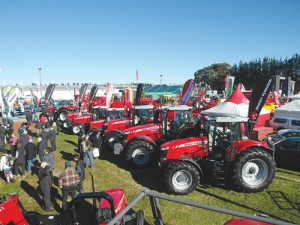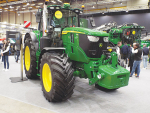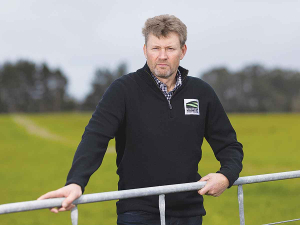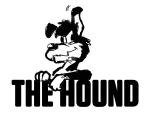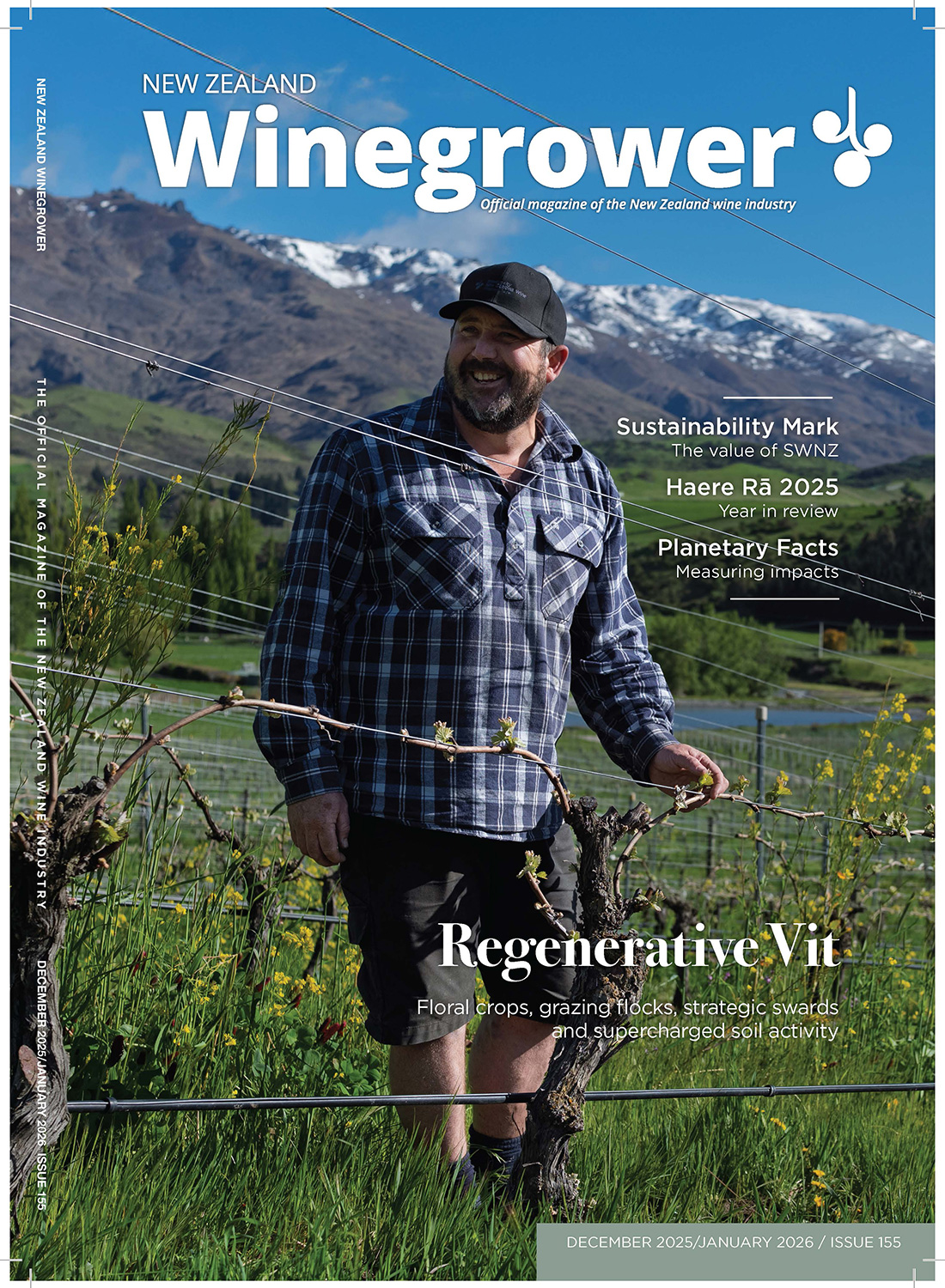As we approach National Fieldays, the foggy season has arrived in Waikato, but it’s not all gloom and doom.
Machinery editor Mark Daniel recently caught up with Ian Massicks, president of TAMA (Tractor and Machinery Association) who gives an overview of local and international tractor sales for the first quarter of 2015.
Total tractor sales in New Zealand amounted to 90 units against 1085 for the same period in 2014 – a drop of around 17% and not as bad as some doom-mongers were predicting.
Massicks notes that while there appears to be some belt-tightening in the main dairy areas, other sectors such as beef and sheep, orchard and viticulture, were showing upward trends. Kiwifruit was even staging a mini-comeback as growers appeared to be winning the fight against PSa.
“The weather has been favourable over the late summer/autumn period and many potential purchasers saw the current climate as a ‘blip’ on the radar and have continued to invest for the longer term,” he told Rural News.
Massicks also points out that with only four months of the year gone there is still plenty of time to catch up the decline in sales as the global supply chain recovers.
Meanwhile, in Australia, sales of tractors for the first quarter have shown a rise of 11.5% over 2014, with 2610 units compared to 2341. Of particular note is a healthy rise of 24% in the sub 40hp market – driven by the lifestyle sector – and a growth in the 100-200hp sector of around 20%.
On the flip-side, sales of tractors over 200hp took an 8% hit in the quarter. Sales of combine harvesters have shown a massive rise of over 47%, with sales recorded at 34 machines versus 23 in the previous year.
The Australian TMA (Tractor Machinery Association) notes a number of factors causing this upswing: rain in the key growing areas, and a threat of increased purchase prices as the Australian dollar drops in value against supplier countries. This seems to be bringing purchases forward. Then there are the exceptional finance schemes, some as low as 1.9%, which has helped sales.
Meanwhile, around the world, things weren’t quite so rosy with CNH citing “unfavourable market conditions in all areas” for a cut in production of around 40% in its factories, and a prediction that the total market for the 2015 year would shrink 5-10% by volume.
AGCO, the manufacturer of brands such as Massey Ferguson, Fendt and Valtra, has also reported production cuts of around 21% and a revised forecast of the market dropping by 19-21% globally. The company reports that European sales are gloomy, citing low commodity prices, high grain stocks and poor crop production forecasts.





